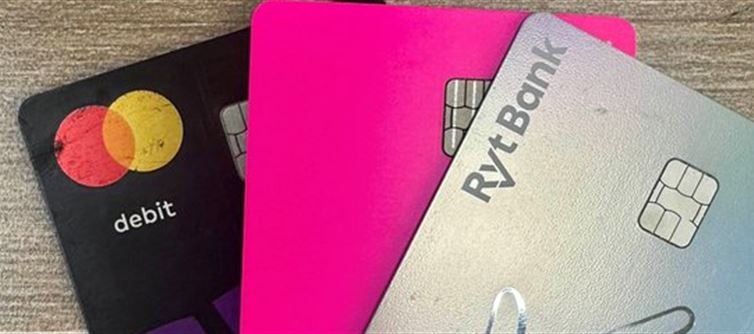
India’s Two-Speed Money System: How UPI and Credit Cards Are Redrawing Financial Class Lines”
India’s payment future isn’t just wallet PLATFORM' target='_blank' title='digital-Latest Updates, Photos, Videos are a click away, CLICK NOW'>digital — it’s divided. The country is quietly splitting into two economies: one cashless, one credit-bound.
India’s payment revolution has been globally celebrated — but beneath the surface lies an emerging fault line.
What began as financial inclusion through UPI is now evolving into financial segmentation. As debit cards fade and credit cards rise, India’s consumers are being sorted — not by income alone, but by how they pay.
UPI has democratized access. It’s free, frictionless, and available to nearly everyone with a smartphone. It powers low-ticket, high-frequency payments: the cup of chai, the autorickshaw ride, the grocery bill. But beyond that layer lies a rapidly expanding credit-led wallet PLATFORM' target='_blank' title='digital-Latest Updates, Photos, Videos are a click away, CLICK NOW'>digital economy, where every transaction carries an invisible hierarchy.
Credit cards, BNPL, and co-branded ecosystems are not just tools of convenience — they’re symbols of wallet PLATFORM' target='_blank' title='digital-Latest Updates, Photos, Videos are a click away, CLICK NOW'>digital privilege. They target users with credit scores, e-commerce histories, and stable incomes — effectively drawing a new line between the “digitally banked” and the “digitally indebted.”
This two-rail system — UPI for the everyday, Credit for the aspirational — is reshaping how value moves across the economy.
Banks and fintechs, recognizing this bifurcation, are doubling down on scale and segmentation. For them, debit cards no longer make economic sense. Margins are thin, data is limited, and user engagement is low. Credit, on the other hand, offers behavioral insight, recurring revenue, and cross-selling potential.
But the long-term question is social, not technical:
👉 Will India’s next financial divide be not about who has money — but about how they spend it?
If UPI created universal access, credit could create invisible tiers. A “smart India” may soon mean one that’s also “scored India” — where your spending pattern determines your privileges.
The shift is not just toward wallet PLATFORM' target='_blank' title='digital-Latest Updates, Photos, Videos are a click away, CLICK NOW'>digital finance — it’s toward a data-driven class structure built on your payment rails.
#DigitalDivide #IndiaPayments #FintechInsights #UPI #CreditEconomy #FutureOfMoney #BNPL #FinancialInclusion #CreditVsUPI
⚡ “Two Indias. Two payment systems. One invisible divide




 click and follow Indiaherald WhatsApp channel
click and follow Indiaherald WhatsApp channel